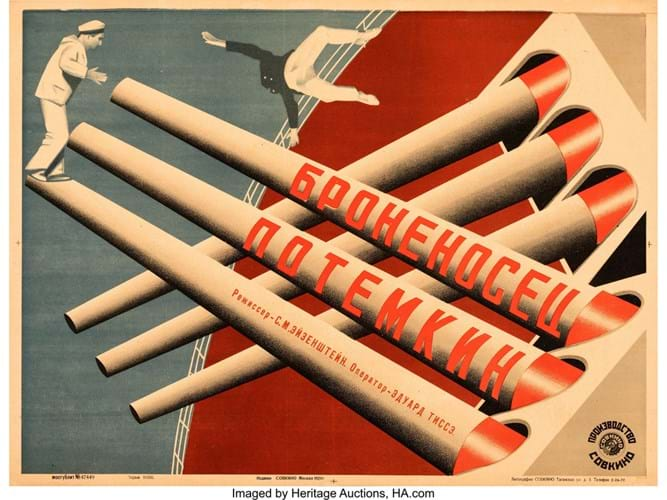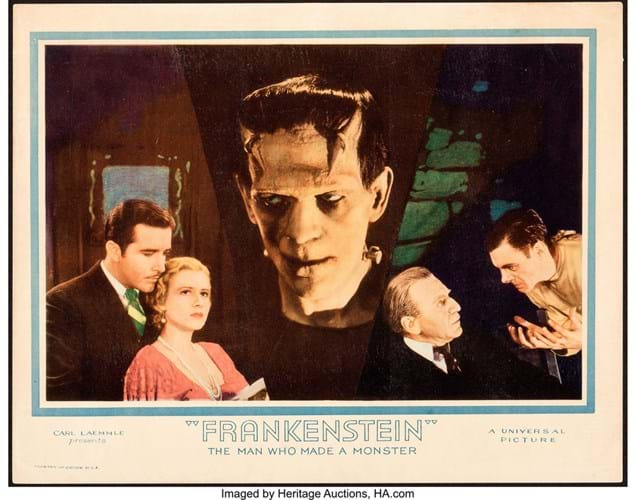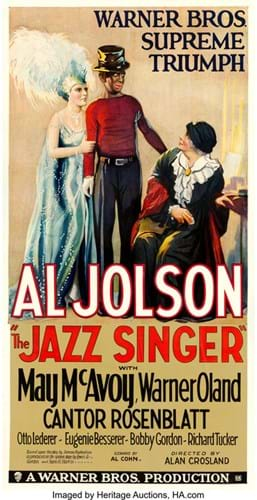
The jumbo-sized card, measuring 14 x 17in (35 x 43cm), depicts Lugosi as the undead count wrapping his cloak around co-star Helen Chandler. The Hungarian-American actor is thought to have owned it since the release of his breakthrough film. It came by descent and was being sold at auction for the first time.
With a 20% buyer’s premium added, the winning bid on November 23-24 was nearly five times the estimate. “We knew collectors were going to be excited by this particular piece,” said poster specialist Grey Smith. “Not only is it of unquestionable rarity, the fact it came from Lugosi’s private collection makes it a true piece of cinematic history.”
Universal Studios printed a very limited number of these promotional cards for display at ticket desks and the full variety of images chosen for Dracula lobby cards is unknown.
After the success of Dracula in February 1931, Universal Studios founder Carl Laemmle was convinced that the horror genre would bring fame and fortune. Lugosi had initially agreed to take on the role of the Monster in Frankenstein but backed out after it became clear the character would have no lines. Instead the director James Whale spotted English actor Boris Karloff at the studio and the rest is history.
The image chosen for an 11 x 14in (27 x 35cm) lobby card is from a test shot taken before the Monster's makeup was finalised and in the movie Karloff has more prominent bolts to his forehead. On the left side of the montage are the leads John Boles (Victor Moritz) and Mae Clarke (Elizabeth) and Colin Clive and Edward Van Sloan playing Dr Henry Frankenstein and mentor Dr Waldman. Also in very fine condition, it took $65,000 (£50,000).
A three-sheet poster for The Jazz Singer (1927) was thought to be the only one of its kind to have survived. The film, that premiered at the Warner Theatre in New York, broke box-office records, established Warner Brothers as a major player in Hollywood, and is traditionally credited with single-handedly launching the talkie revolution.
Al Jolson was the first man to ever speak on the silver screen in a feature length film with the prophetic words: "Wait a minute, wait a minute, you ain't heard nothing' yet!" Measuring 3ft 4in x 6ft 8in (1.01 x 2.03m), this rare poster made a similar impact and (despite some airbrushed restoration) sold at $55,000 (£42,300).
Two important Russian Constructivist posters were also offered in the sale.
Sold towards the top of expectations at $90,000 (£69,200) was one of only a handful of surviving copies of a celebrated poster made for the 1929 reissue of what many consider to be the greatest propaganda film of all time, Sergei Eisenstein’s Battleship Potemkin. The striking image of a naval mutiny shows a sailor balancing on the guns of a Dreadnought battleship while an officer tumbles into the abyss – a comment on the class struggle of revolutionary politics. It was created by the Moscow-born brothers Vladimir and Georgii Stenberg whose Constructivist designs were used to promote around 300 Soviet films. Copies of this poster have made more: another was sold in 2012 for around $130,000.

A Stenberg Brothers poster made for the 1929 reissue of Battleship Potemkin, $90,000 (£69,200) at Heritage.
Following the success of Battleship Potemkin, the Soviet government chose Eisenstein to head one of two films celebrating the ten-year anniversary of the October Revolution. According to socialist ideals, everyday members of the population rather than recognised professionals were chosen as actors for the project.
They included Vasili Nikandrov, a cement factory worker who was picked to play Vladimir Lenin. The poster design for October 1917 (Ten Days that Shook the World) was an attention-grabbing montage of black and white ‘stills’ around the fire-engine red title of the film in Cyrillic. Again, the first of its type the auctioneers had offered, it sold for $36,000 (£27,700).







